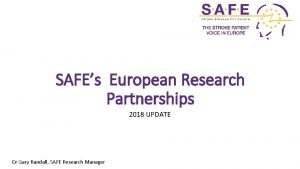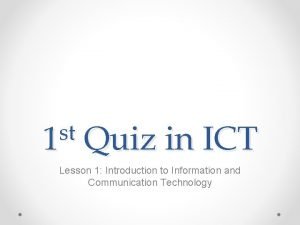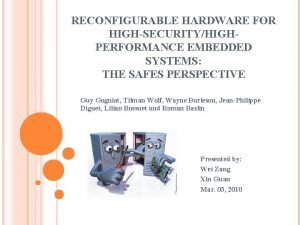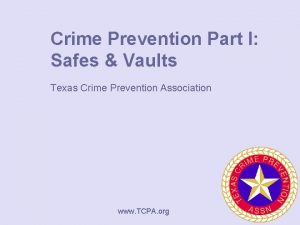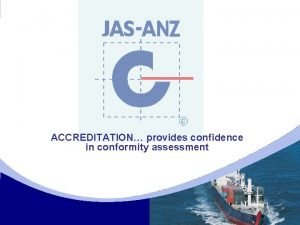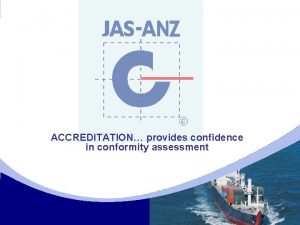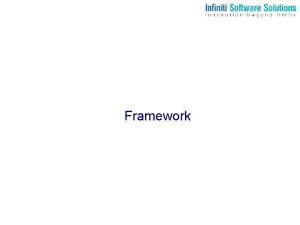The 5 Safes Introduction Provides a framework for









- Slides: 9

The 5 Safes

Introduction • Provides a framework for managing access to data that is proportionate to the risk • 5 simple to follow principles • First developed by staff at the Office for National Statistics • Now used throughout the UK and worldwide • Simple and effective way of understanding an ‘Information Governance Management System’

The 5 Safes Valid statistical purpose Safe Projects Trusted researchers + Safe People Anonymisation of data + Safe Data Technical controls around access + Safe Setting Disclosure control of results + Safe Outputs = Safe Use From VML, 2004; Desai, Ritchie & Welpton 2016

The 5 Safes MAY BE USED AS A HANDOUT Safe Projects – What is the purpose of accessing the data? Safe projects are those that have a valid statistical purpose. For example, using data to work out how people respond to new treatments, what causes ill health, the effects of policy interventions. Attempting to identify someone would not be a reason to access the data. There should be a ‘public benefit’ to the research; and it must not be possible to realise this benefit without access to the data. Safe People – Who is going to be accessing the data? Safe people should have the right motivations for accessing the data. They should also have sufficient experience to work with the data safely and credentials to allow them access. Ideally they should undergo additional training on using this type of data.

The 5 Safes MAY BE USED AS A HANDOUT Safe Settings – Where will the data be used? Confidential data should only be accessed in a suitable environment. This setting should have safeguards in place to minimise the risk that unauthorised people can access the data. Safe Outputs – What will be produced from the data? Outputs should be released if they report statistical findings but do not reveal the identity of a data subject nor associate confidential information to a data subject. Statistical Disclosure Control (SDC) is often used to minimise this risk of releasing confidential data. Researchers and/or the institution managing the use of the data can check outputs (apply SDC) before publication to unsure they do no present undue risk.

The 5 Safes MAY BE USED AS A HANDOUT Safe Data – What does the data contain? A safe dataset will present the minimal risk possible that any of the data subjects could be identified or confidential information be attributed to them. The minimisation of risk could be achieved by removing direct identifiers, aggregating values, banding variables or other statistical techniques that make re-identification more difficult. However, this does limited the usefulness of the dataset. Confidential or personal data should therefore not be considered to be safe – though it is often the most useful for research.

The 5 Safes Adapted from Desai, Ritchie & Welpton 2016

Public Use File The data is safe. No other safes are required for Safe Use. Scientific Use File The data has some residual risk. We may need to have some additional safes in place to obtain Safe Use. Secure Data Environment The data is has significant residual risk. We need all of the other safes in place in order to have Safe Use.

Assessments for this module • SDAP: Safe Analyst Training - The 5 Safes Created by Cancer Research UK and The Health Foundation for the Safe Data Access Professionals Working Group
